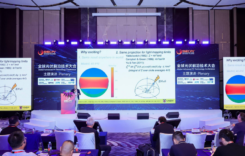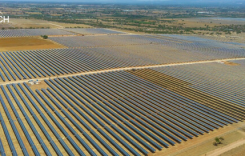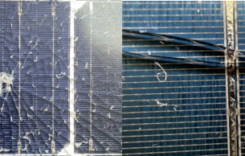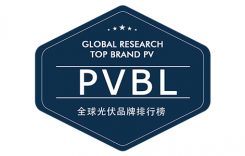PVTIME – During an interview at the 8th China International PV & Energy Storage Industry Conference 2025, renowned solar scientist Professor Martin Green, known as the Father of Solar Energy, offered key perspectives on technology trends, industrialisation challenges, and global market dynamics.
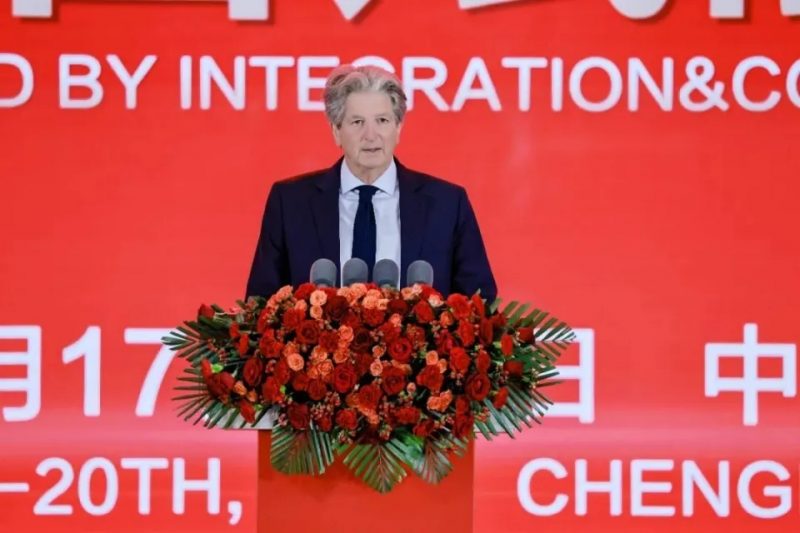
When asked about the leading technologies expected over the next two to three years, Professor Martin identified TOPcon, HJT and HTBC as the technologies likely to drive the next wave of innovation, noting their high performance and the strength of front-contact cell designs, which have evolved from PERC technology over several decades.
Addressing silicon-perovskite tandem technology, Professor Martin identified stability as the core technical bottleneck. While this technology boasts high efficiency and large-scale production feasibility, the instability of perovskite compared to silicon creates an imperfect pairing, requiring extensive further research. He suggested that this issue could be resolved within five years, or potentially never, and that GW-scale mass production would only be viable once it is addressed, with a possible five to ten year window for this milestone.
Regarding China’s competitive advantage in the global supply chain, Professor Martin acknowledged China’s dominant position in the solar sector, noting that other nations will struggle to compete directly in the near term. He proposed joint ventures as a viable model for China to combine technology, standard exports and local production, thereby supporting global manufacturing needs.
When discussing solar storage, charging integration and virtual power plants, Professor Martin cited Australia’s experience, where solar accounts for 20% of electricity, as an example of future grid absorption challenges. He highlighted battery storage, pumped hydro and water energy as potential solutions, noting Australia’s trial of providing free electricity at midday to balance peak evening demand. He also identified grid absorption as the primary technical challenge, with business model innovation focused on load optimisation.
Regarding the ultimate bottleneck for PV amid climate action, Professor Martin ruled out cost, describing it as historically low and still falling. He pointed to grid absorption capacity as the critical constraint, given the sector’s rapid growth and current 30 per cent annual load factor. He emphasised that PV will drive fundamental shifts in global energy structures and low-carbon living over the next three decades.
Regarding HIBC composite cells, Professor Martin praised their high efficiency and faster development trajectory than PERC, suggesting that they could surpass perovskite commercialisation given the stability issues associated with perovskite, with ongoing research into silicon efficiency and tandem technologies.
Reflecting on Chengdu’s solar industry strengths, Professor Martin highlighted Tongwei’s significant achievements as Sichuan’s largest PV manufacturer. Finally, he played down the near-term impact of nuclear fusion on PV, noting that radiation concerns and complex technical requirements mean that commercialisation remains a distant prospect, and is unlikely to disrupt the sector within the next 30 years.

Scan the QR code to follow PVTIME official account on Wechat for latest news on PV+ES



